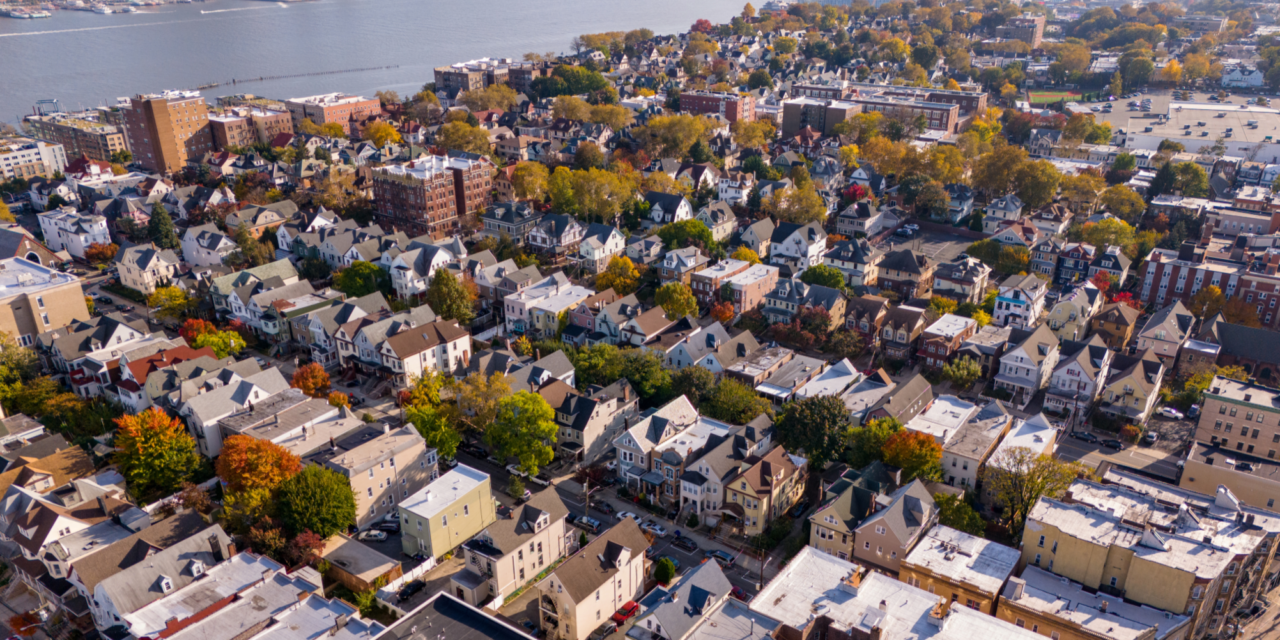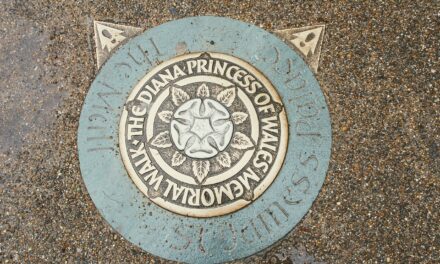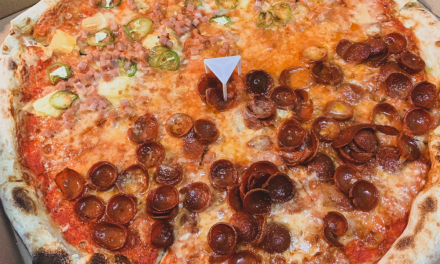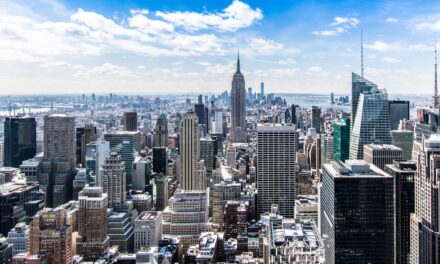Union City, situated in Hudson County, New Jersey, is a city that has a an interesting cultural heritage and a significant historical background.
This historical overview will highlight the critical events and developments that have shaped Union City into the thriving community it is today, making it an intriguing read for history enthusiasts.
Table of Contents
Indigenous Beginnings
The Lenape People
Long before European settlers arrived, the Lenape people, specifically the Hackensack and Tappan subgroups, inhabited the area now known as Union City.
With its resourcefulness and deep connection to the land, the Lenape utilized the area’s natural resources for hunting, fishing, and farming, establishing a sustainable way of life that endured for centuries.
European Settlement
Dutch and English Colonization
In the early 17th century, Dutch settlers were among the first Europeans to explore and settle the area.
The region was initially part of the larger Dutch colony of New Netherland. The English later took control in 1664, incorporating the land into the Province of New Jersey.
Early Development
The area now known as Union City was originally part of Bergen Township.
The land was used for farming and grazing, with the first European settlers establishing small farms and homesteads.
The Formation of Union City
Union Township
Union City was originally part of Union Township, created in 1861 by merging portions of North Bergen Township and Union Hill.
Union Hill and West Hoboken were the two central communities within Union Township, each developing their distinct identities.
Incorporation and Growth
In 1925, Union City was officially incorporated by merging the two towns of Union Hill and West Hoboken.
This unification led to significant growth and development, with the city becoming an important industrial and residential center.
Industrialization and Immigration
Textile Industry
The late 19th and early 20th centuries saw Union City as a textile industry hub.
The city was known as the “Embroidery Capital of the United States,” attracting immigrants from Europe, particularly Germans and Italians, who provided the labor force for the booming industry.
Cultural Diversity
Union City’s population increased with the arrival of immigrants from various countries.
The influx of Cuban immigrants in the 1960s and 1970s added to the city’s population, making it one of the most diverse communities in the region.
Modern Union City
Economic Shifts
The decline of the textile industry in the mid-20th century led to economic challenges for Union City.
However, the community adapted by diversifying its economy, with new businesses and industries emerging to replace the old textile mills.
Cultural and Community Development
Today, Union City is a vibrant hub of cultural activity, known for its lively arts scene and strong sense of community.
The city is host to many cultural events and festivals, celebrating its diverse heritage and fostering a sense of unity among residents.
Fun Things to Do in Union City
Cultural Attractions
- Union City Performing Arts Center: A hub for local arts and theater performances.
- Park Performing Arts Center: Offers a slew of cultural and artistic events throughout the year.
- Union City Historical Museum: Provides insights into the city’s rich history and heritage.
Parks and Recreation
- Washington Park: A large park offering sports facilities, playgrounds, and picnic areas.
- Liberty State Park: Located nearby, it offers stunning and beautiful landscape views of the Statue of Liberty and the gorgeous Manhattan skyline.
Q&A: Understanding Union City’s Legacy
Q: How did Union City get its name?
A: Union City was named in 1925 to reflect the unification of the two towns, Union Hill and West Hoboken.
Q: What is Union City known for historically?
A: Union City was historically known as the “Embroidery Capital of the United States” due to its thriving textile industry.
Q: How has immigration shaped Union City?
A: Immigration has significantly influenced Union City’s demographic and cultural landscape, with waves of immigrants from Europe, Latin America, and other regions contributing to its diversity.
Q: What are some popular cultural events in Union City?
A: Popular events include the annual Cuban Day Parade, the Union City Arts Festival, and various cultural festivals celebrating the city’s diverse heritage.
Q: What efforts are being made to revitalize Union City?
A: To enhance residents’ quality of life, efforts include economic development initiatives, cultural programs, and community engagement projects.
Q: What makes Union City a unique place to live and visit?
A: Union City’s unique blend of cultural diversity, historical significance, and vibrant community life make it a special place to live and visit.
The Future of Union City, New Jersey
Union City’s rich history and cultural diversity position it as a dynamic and evolving community with a bright future.
As the city continues to grow and develop, it remains steadfast in its commitment to standing to preserve its rich heritage while embracing new opportunities for progress and unity, ensuring a promising future for Union City.





